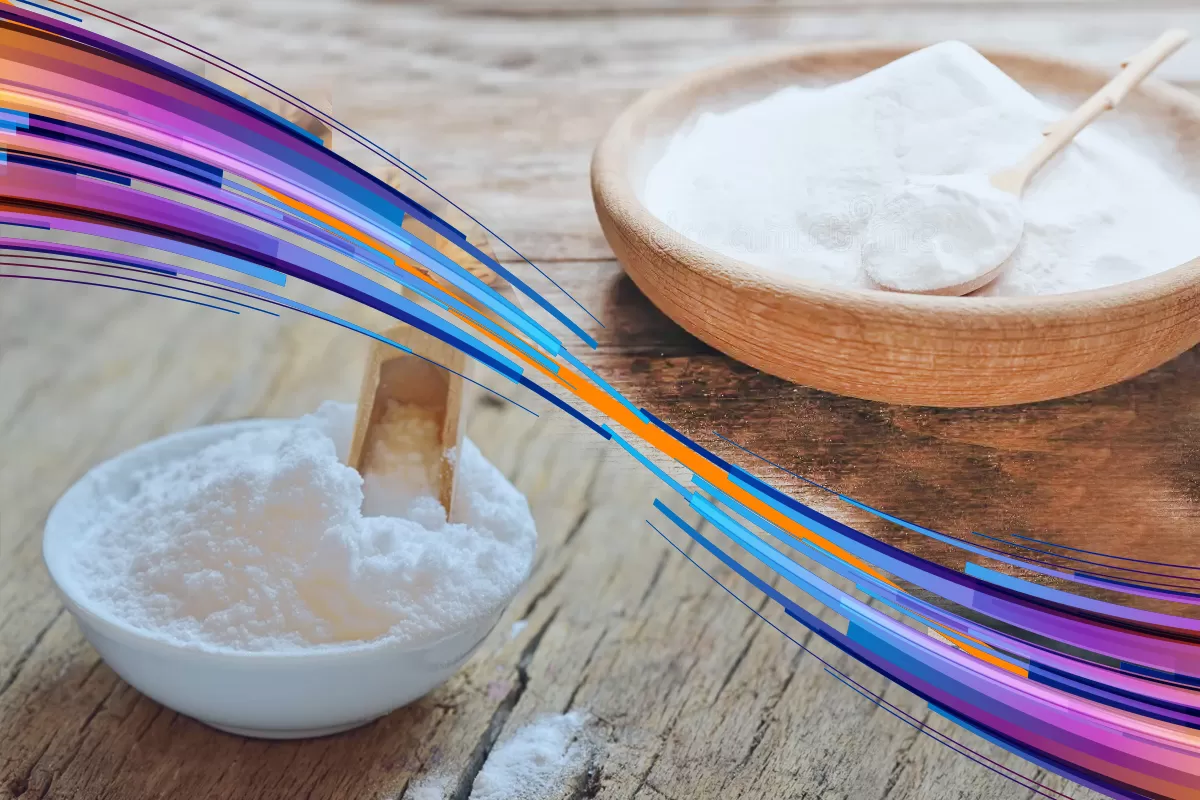Whether you’re a professional baker, a cooking enthusiast, or just someone who occasionally dabbles in making homemade treats, understanding the nuances between baking soda and baking powder is essential for achieving culinary success. In this comprehensive guide, we’ll delve into the distinctions between these two common kitchen staples, their functionalities, substitutes, storage tips, and more.
Baking Soda vs. Baking Powder: Unraveling the Chemistry
The elemental dissimilarity between baking soda and baking powder lies within their composition. Baking soda solely comprises sodium bicarbonate, whereas baking powder consists of sodium bicarbonate along with an acidic component, typically cream of tartar.
How Baking Soda Works
Baking soda initiates a chemical reaction upon contact with acidic ingredients in your recipes. This reaction generates carbon dioxide gas, vital for leavening your dough or batter. The resultant gas manifests as air bubbles, contributing to the rise of your baked goods. However, it’s crucial to note that this reaction is time-sensitive. Once activated, bake your mixture promptly to retain the gas and achieve optimal rise.
Acidic ingredients activating baking soda include lemon juice, buttermilk, yogurt, and honey.
How Baking Powder Works
Similar to baking soda, baking powder triggers the production of carbon dioxide gas, facilitating the rising process. The distinct advantage of baking powder lies in its pre-inclusion of an acidic element. Consequently, it requires only moisture for activation.
Certain baking powders are categorized as ‘double-acting,’ implying a secondary activation triggered by heat. With double-acting baking powder, there’s no rush to place your creation in the oven immediately after mixing.
Baking Powder Substitute
Though substituting baking powder isn’t ideal, certain kitchen staples can mimic its effects:
- Buttermilk and baking soda
- Cream of tartar combined with baking soda
- Lemon juice (in small quantities)
- Molasses paired with baking soda
- Sour milk with baking soda
- Vinegar in conjunction with baking soda
Baking Soda to Baking Powder Conversion
For every 1 teaspoon of baking soda, substitute with 3 teaspoons of baking powder.
Baking Soda Substitute
Should you lack baking soda, consider these alternatives:
- Baking powder
- Self-rising flour
- Egg whites (for structural support)
- Club soda (minimal rising)
How Long Do They Last?
Unopened baking soda can last up to 18 months at room temperature. Once opened, its effectiveness diminishes after 6 months. For baking powder, unopened packaging lasts 18-24 months.
Testing Their Viability
To test the efficacy of baking soda, combine 1/4 teaspoon with 2 teaspoons of vinegar. Immediate bubbling indicates usability. Baking powder can be assessed by mixing 1 teaspoon with 1/2 cup of hot water, with bubbling as a positive sign.
Storage Tips
Store baking soda and baking powder in a cool, dry place to maintain potency. Once opened, secure them in airtight containers to prevent moisture absorption.
Leavening Agent Insights
Leavening agents like baking soda and baking powder are critical for dough and batter expansion. Their interaction with liquid or acidic components causes the desired rise in baked goods.
Understanding the functionalities, substitutes, storage protocols, and testing methods for baking soda and baking powder is fundamental to your baking prowess. Embrace these insights to elevate your baking endeavors and achieve delectable results every time. Remember, precision is the cornerstone of successful baking!

